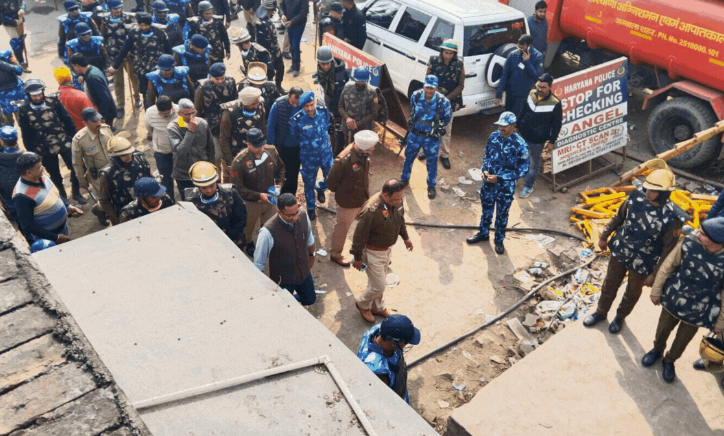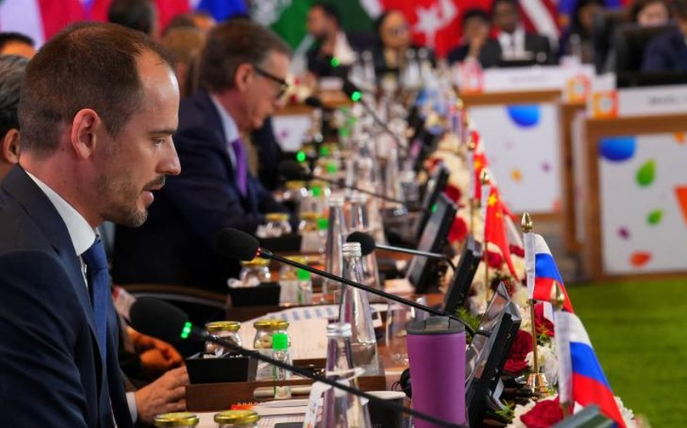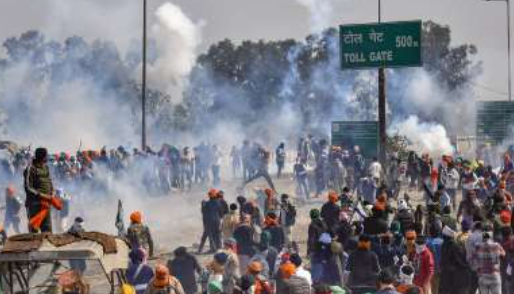
Farmers Protest Escalates as Government Initiates Dialogue Amidst Haryana Police Crackdown
Farmers Protest; tear Gas Shells Fired as Centre Urges Dialogue
Amidst the ongoing demands of farmers seeking Minimum Support Price (MSP) support for all crops from the government, the narrative of protest and dialogue continues to unfold. On Wednesday, the resumption of the Delhi Chalo march marked another chapter in the farmers’ persistent efforts to advocate for their rights. Undeterred by challenges, they pressed forward, armed not only with their convictions but also with gas masks, earthmovers, and bulldozers, while tear gas shells punctuated their journey, courtesy of the Haryana police.
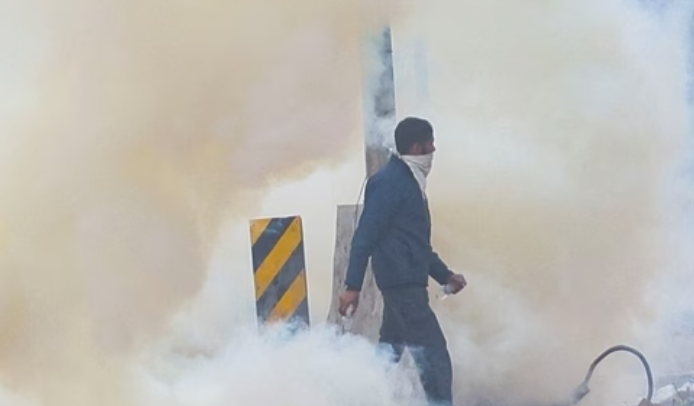
In response to the escalating tensions, the Central government extended an olive branch, urging the protesting farmers to engage in the fifth round of talks. Union Agriculture Minister Arjun Munda reiterated the government’s willingness to address the plethora of grievances laid out by the farmers. “In the 5th round of meeting, we are ready to talk with farmers and discuss issues like MSP, stubble, FIR, and crop diversification. I appeal to them to maintain peace and we should find a solution through dialogue,” Munda expressed, emphasizing the imperative of dialogue as the path to resolution.
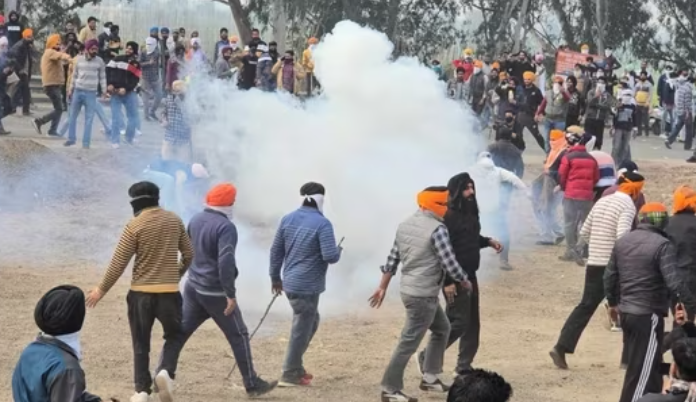
However, amidst the government’s overtures, silence prevails from the farmers’ camp regarding the proposed talks, leaving the prospect of dialogue hanging in the balance. Despite the lack of response, Munda reiterates the government’s earnest desire to forge ahead towards a mutually acceptable solution.
Meanwhile, as the standoff persists at the borders, the Haryana police issued stern warnings to owners of heavy machinery, cautioning them against involvement in the protests under threat of legal repercussions. In a bid to address the concerns raised by the Haryana government regarding the use of heavy machinery by agitating farmers at the Shambhu border, the Director General of Police in Punjab issued directives to halt the movement of such equipment towards the Punjab-Haryana borders, underscoring the complexity and multifaceted nature of the ongoing standoff.
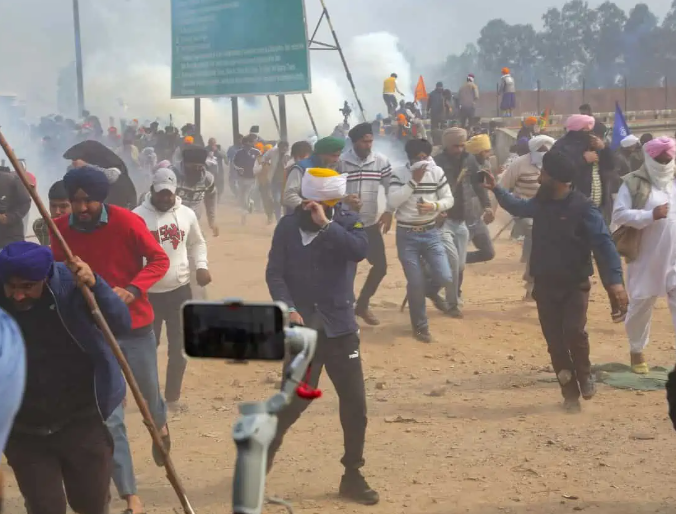
Beyond the borders of Punjab and Haryana, the echoes of dissent reverberate in western Uttar Pradesh, where farmers, emboldened by solidarity, mobilize in droves. Tractors become symbols of protest, as farmers converge on district headquarters to stage dharnas, amplifying their voices in the corridors of power. In Muzaffarnagar, Bagpat, Meerut, Hapur, Sambhal, Amroha, and Saharanpur, the streets bear witness to the fervent demands of the agrarian community.
At the forefront of these protests stand leaders like Naresh Tikait and Rakesh Tikait, lending their voices to the chorus of resistance. Their presence galvanizes supporters, infusing the movement with renewed vigor and determination. In Shamli, the confrontation between farmers and law enforcement reaches a crescendo, as tractor marches transform into acts of defiance against systemic injustices.
